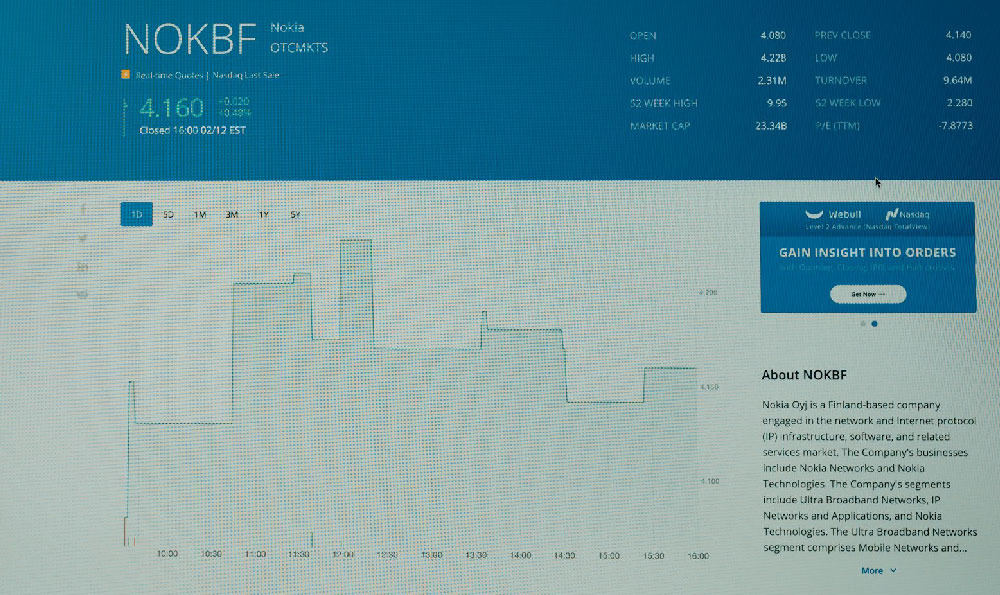
Debt investments represent a cornerstone of the financial landscape, offering a relatively stable avenue for investors seeking consistent income and capital preservation. Understanding their mechanics, varieties, and inherent risks is crucial for anyone looking to diversify their portfolio and achieve their financial goals. At their core, debt investments involve lending money to a borrower – which could be a government, a corporation, or even an individual – with the expectation of receiving regular interest payments and the eventual repayment of the principal amount. This fundamental structure distinguishes debt investments from equity investments, where investors own a portion of a company and their returns are tied to the company's performance.
One of the most prevalent forms of debt investments is bonds. Bonds are essentially loans issued by entities to raise capital. When you purchase a bond, you are lending money to the issuer in exchange for a fixed interest rate, known as the coupon rate, over a specified period. At the end of the bond's term, known as the maturity date, the issuer repays the face value (or par value) of the bond to the investor. Bonds are issued by various entities, each carrying its own level of risk. Government bonds, issued by national governments, are generally considered to be the safest, especially those issued by financially stable countries. Municipal bonds are issued by state and local governments to fund public projects and often offer tax advantages to investors. Corporate bonds are issued by companies and typically offer higher yields than government or municipal bonds to compensate for the increased credit risk. The creditworthiness of the issuer, assessed by credit rating agencies like Moody's, Standard & Poor's, and Fitch, significantly impacts the bond's yield. Higher-rated bonds (AAA or AA) are considered investment grade and are less likely to default, while lower-rated bonds (BB or lower) are considered high-yield or "junk" bonds and carry a higher risk of default.
Beyond bonds, other types of debt investments exist, each with its own characteristics and risk profiles. Certificates of Deposit (CDs) are offered by banks and credit unions. They involve depositing a fixed sum of money for a specific term at a fixed interest rate. CDs are generally considered low-risk and are FDIC-insured up to a certain limit, making them a suitable option for risk-averse investors. Money market accounts are another low-risk option that invests in short-term debt instruments, such as Treasury bills and commercial paper. They typically offer slightly higher yields than savings accounts but may have minimum balance requirements. Mortgage-backed securities (MBS) represent another segment of the debt investment market. These securities are created when lenders pool together mortgages and sell them as investments. Investors receive payments from the underlying mortgages, including principal and interest. However, MBS are subject to prepayment risk, which occurs when homeowners refinance their mortgages at lower interest rates, leading to a decrease in the cash flow to investors.

Understanding how debt investments work also involves grasping the concept of yield and its relationship to price and interest rates. The yield of a debt investment represents the return an investor receives on their investment. For bonds, the yield is expressed as a percentage of the bond's current market price. The yield and price of a bond have an inverse relationship: when interest rates rise, bond prices fall, and vice versa. This is because existing bonds with lower coupon rates become less attractive compared to newly issued bonds with higher coupon rates. The yield to maturity (YTM) is a more comprehensive measure of a bond's return, taking into account the current market price, face value, coupon rate, and time to maturity. It represents the total return an investor can expect to receive if they hold the bond until maturity.
The attractiveness of debt investments stems from several key advantages. Firstly, they offer a relatively stable source of income through regular interest payments. This can be particularly appealing to investors seeking to generate income to meet their living expenses or to reinvest for future growth. Secondly, debt investments can provide diversification to a portfolio. By allocating a portion of their assets to debt investments, investors can reduce their overall portfolio risk and mitigate the impact of market volatility. Debt investments tend to be less correlated with stocks, meaning that they may perform differently during periods of market fluctuations. Thirdly, debt investments can serve as a hedge against inflation. Certain types of bonds, such as Treasury Inflation-Protected Securities (TIPS), are designed to protect investors from inflation by adjusting the principal value based on changes in the Consumer Price Index (CPI).
However, debt investments are not without their risks. Credit risk, as mentioned earlier, is the risk that the borrower will default on their debt obligations. This risk is higher for lower-rated bonds and corporate bonds compared to government bonds. Interest rate risk is the risk that changes in interest rates will affect the value of debt investments. As interest rates rise, the value of existing bonds may decline, potentially leading to capital losses for investors who sell their bonds before maturity. Inflation risk is the risk that inflation will erode the purchasing power of the interest payments and principal repayment from debt investments. This risk is particularly relevant for bonds with fixed interest rates, as the real return may be lower if inflation rises unexpectedly. Liquidity risk is the risk that an investor may not be able to easily sell their debt investments without incurring significant losses. This risk is higher for less liquid bonds and other debt instruments that are not actively traded in the market.
In conclusion, debt investments provide a valuable tool for investors seeking income, diversification, and capital preservation. By understanding the different types of debt investments, their associated risks, and the factors that influence their returns, investors can make informed decisions and build a well-balanced portfolio that aligns with their financial goals and risk tolerance. Whether it's through bonds, CDs, or other debt instruments, a strategic allocation to debt investments can contribute to long-term financial success. Remember to carefully consider your investment objectives, time horizon, and risk appetite before investing in any debt instrument. Consulting with a qualified financial advisor can provide personalized guidance and help you navigate the complexities of the debt investment market.





